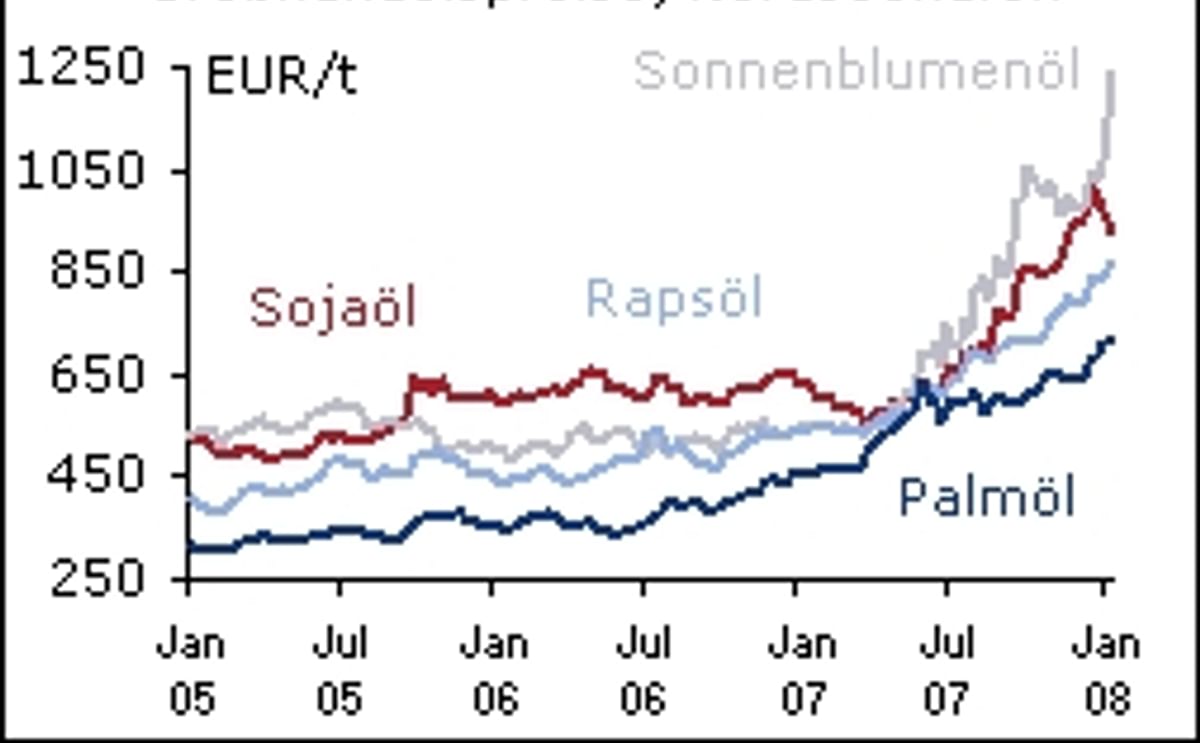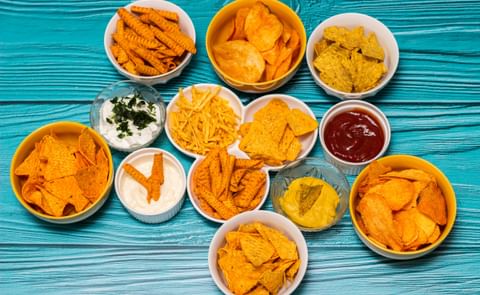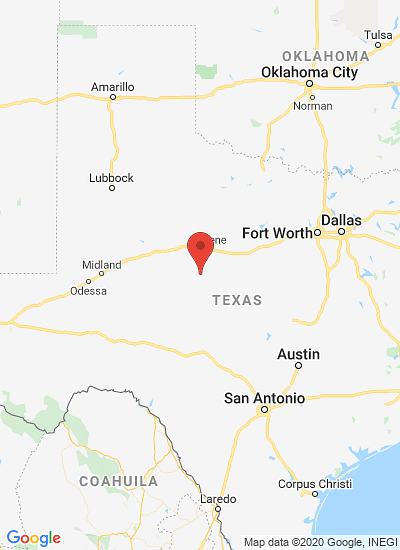A few days ago we decided that we would dedicate this PotatoPro Newsletter to the rising ingredient prices.
With a publication today by Pepsico on the impact of rising ingredient costs and today's closing price in New York for crude oil for the first time over $100 a barrel ($100.74), the topic could hardly be more current.
Why are food prices increasing? This links to a highly recommended interactive presentation of the Financial Times on this issue.
As with most changes, there are threats and opportunities.
On the supply side there is the competition for acreage for potatoes vs acreage for products like wheat and corn. This could possibly benefit the position of potato farmers and lead to better prices and improved crop rotation. However, it should not be overlooked that the rising energy costs are having significant effect on the costs of fertilizers and operational costs for the farmers.
Nevertheless, the price increases for potatoes could be moderate compared to the price increases of e.g wheat and corn. They certainly are at this point. This may make it financially more attractive to use dehydrated potato products in products like snacks and bread.
Unfortunately this opportunity comes too late for two North American Foods factories of dehydrated potato products that closed recently.
Price increases will eventually have to be passed on to consumers. Pepsico plans not only price increases, but for other products they plan to reduce the weight of the product content as a way to increase the price: Pepsico Americas Foods Chief John Compton says on this topic:
"What we have found over time is that 'weightouts' [reducing the weight of a product] have less of an impact than raising the actual price," Compton said. "Specifically, when you're dealing with a quarter of an ounce or half an ounce here and there, consumers would rather have that than to see their visual price go up."
Although I am in no position to argue with this statement, here is one word of warning: Consumers can get pretty excited if they feel misled. And with the ever increasing connectivity through the internet, this is a risk. Pringles did not go unnoticed when they reduced the packaging size with 15 % in 2006. And from our recent PotatoPro experience: consumers take the effort to write us that they will never touch their favorite chips brand again because they feel offended by a suddenly reduced package size for the same price!
Could the gaining popularity of 90 kcal (instead of 100 kcal) packaged snacks have anything to do with this as well?
- Nieuws
- Chips en Snacks
- How to deal...
How to deal with rising Food and Ingredient Prices
Inloggen or Inschrijven to use this flag.

februari 20, 2008
Like to receive news like this by email? Join and Subscribe!
NEW! Join Our BlueSky Channel for regular updates!
Uitgelichte Bedrijven
Related News

juni 18, 2025
Frito-Lay Rancho Cucamonga Snack Plant Shuts Down After 50 Years
Frito-Lay has ended manufacturing at its Rancho Cucamonga snack plant after 50+ years, affecting potentially hundreds of jobs. While some operations remain, many workers were laid off, with limited transfer options and undisclosed severance details.
juni 07, 2025
Taste of Maine potato chip plant under construction in Aroostook County
A 96,000-square-foot potato chip plant is under construction at the former Loring Air Force Base in Limestone. Owner Bruce Sargent says he expects the plant to be open by April 2026.
juni 07, 2025
Crunch Time: How Potato Snack Brands Are Battling for Market Share
The potato snack aisle is a battlefield-crammed with crisps, chips, fries, and a dizzying array of flavours. With global market revenues expected to reach over USD 126 billion by 2034 and a steady 3% annual growth rate, it’s clear that competition is fierce and only getting hotter.Latest News
Sponsored Content
Sponsored Content
Sponsored Content
Sponsored Content
Waar
Sponsored Content








